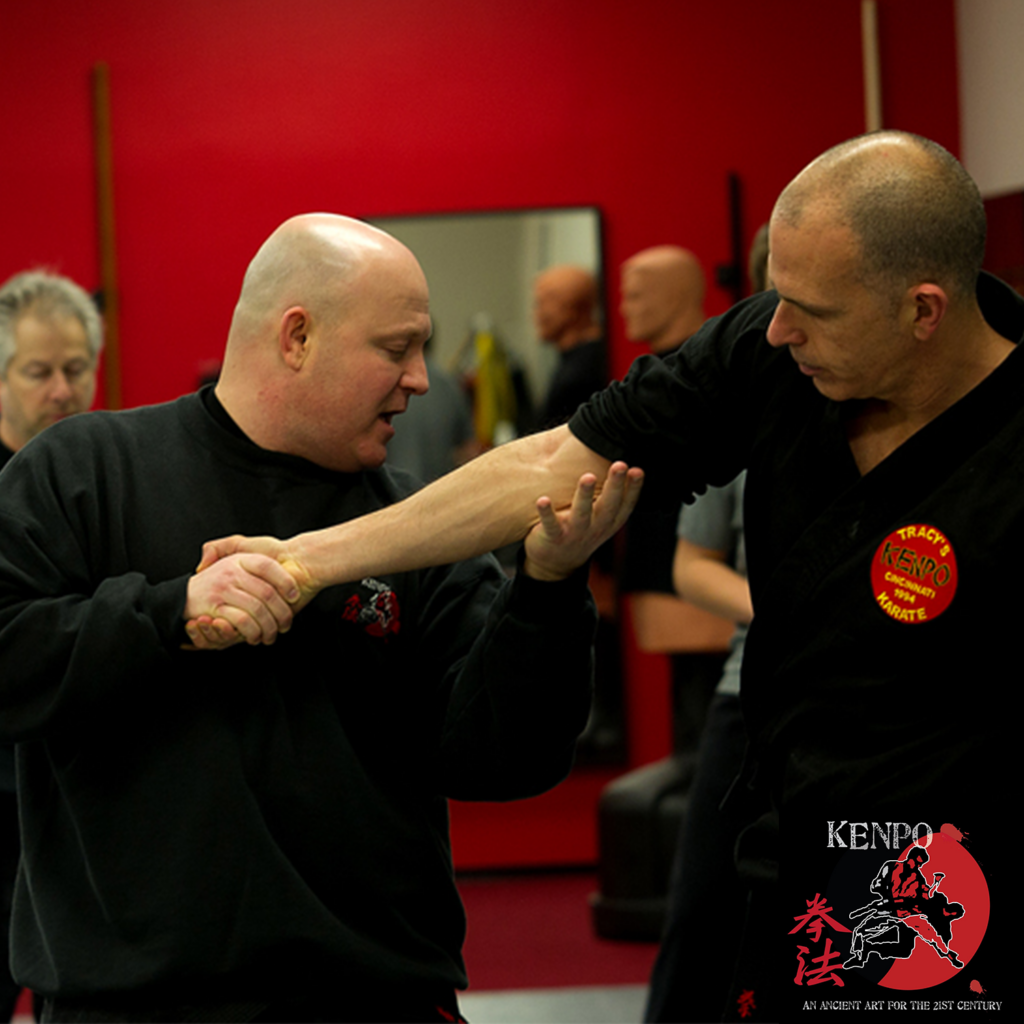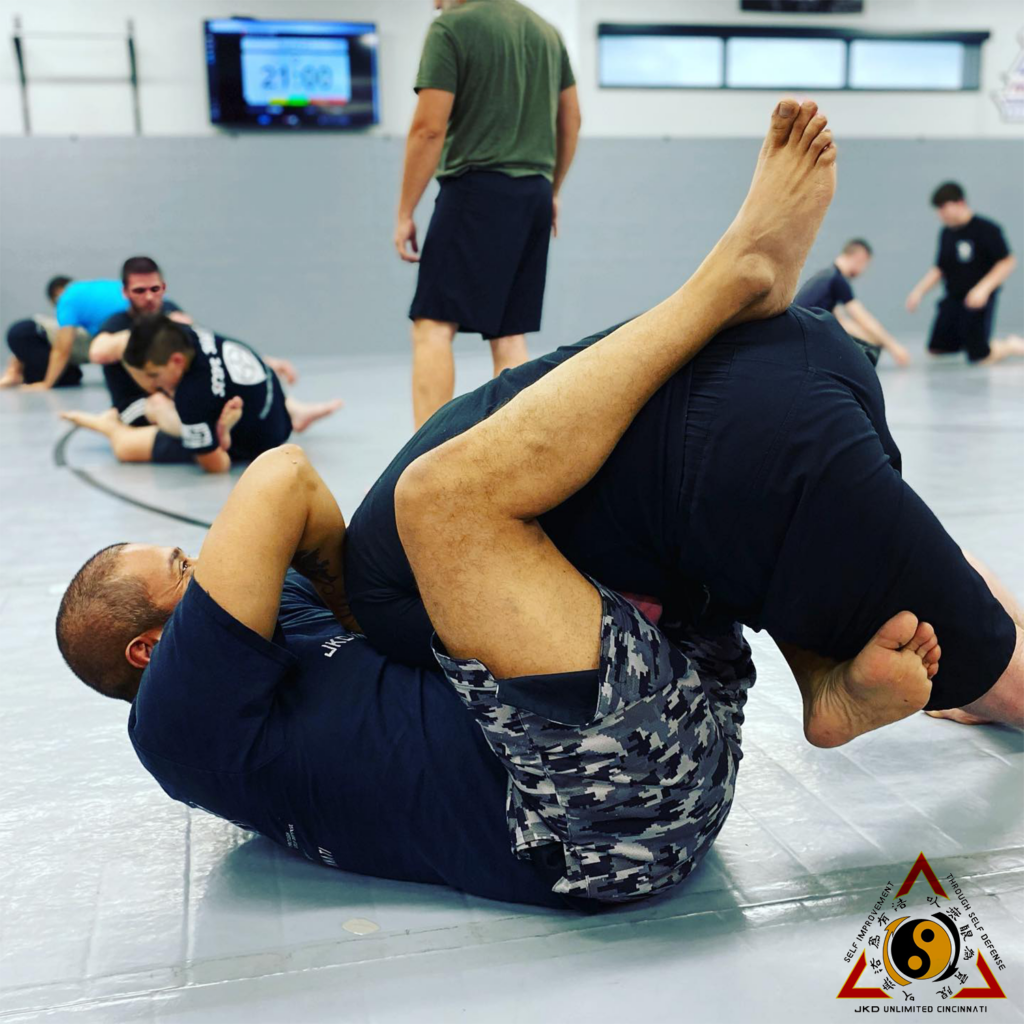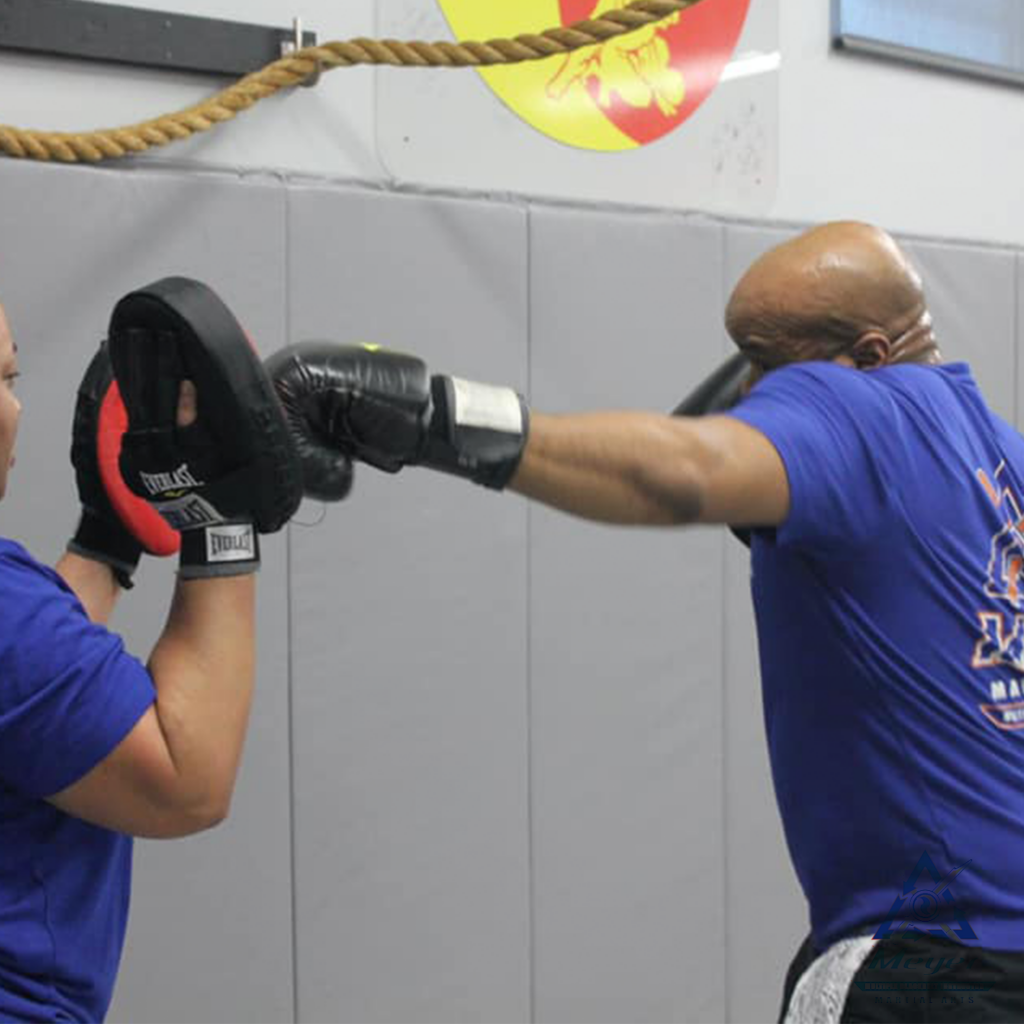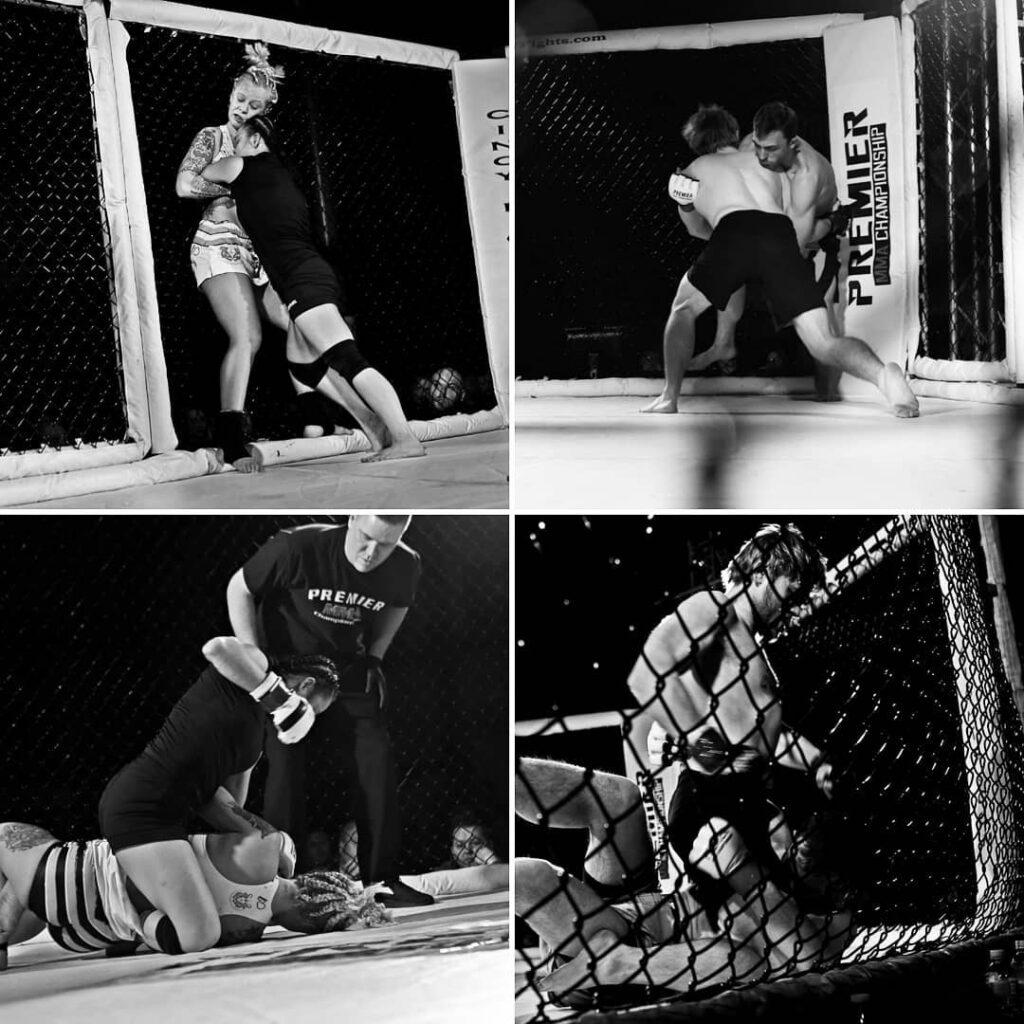The 5 modes of training:

Theory
These are the building blocks of martial arts. The purpose of theory is to give you the why in the drills and techniques. Theory is very effective in communicating the intangibles of the martial arts.
Methods
- Lecture
- Fundamental movement patterns
- Shadow boxing
Technical Precision
This is the staple of every martial arts class. Technical precision includes watching techniques performed by instructors and senior students and then performing those techniques in repetition to build muscle memory.
Methods
- Repetitive drilling techniques
- Applying techniques in scenarios with limited resistance
- Technique sequences performed in combination to build context for the techniques


Power Generation
This is a critical portion of training where practitioners learn to perform their striking techniques at full power. This is accomplished by striking tools that can survive the strikes.
Methods
- Hitting static implements like punching bag.
- Hitting pads held by partners and trainers to simulate live moving targets
Resisted Training
This is covers a broad spectrum of training that involves a non-cooperative partner. This is the area of training where a martial artist will pressure test their skills and find what works for them when their opponent is fighting back. Resisted training is used to build timing, distance, and mental resilience in the face of adversity. The most important thing to remember in this type of training: HAVE FUN!
Methods
- Performing techniques against fully resisting partners
- Themed sparring, sparring where each practitioner is given a finite set of techniques to work with
- Positional or range specific sparring, i.e. sparring (rolling) from a specific grip or grounded position
- SAFE and FUN, Fully resisted free sparring


Competition
The closest we can safely get to actual combat is competition. We provide competitions coaching for a number of disciplines.
Ask us about joining the competition team!!!
Competitive arts we coach:
- Mixed Martial Arts
- Brazilian Jiujitsu
- Submission grappling
- Kali Stick fighting